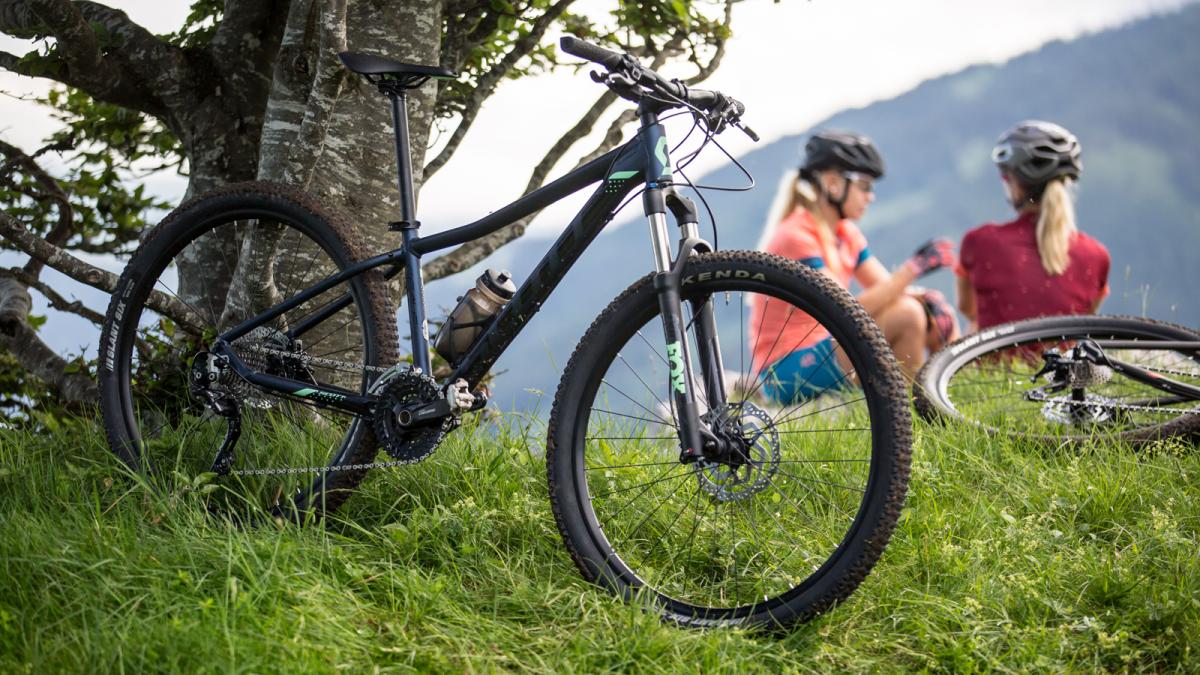With our series, we try to help you do this, while at the same time, of course, making sure that you have a man on the ground who can make the optimal decision based on the articles. It's worth talking about it a lot, with cycling friends or with our sales staff, and it really makes the choice easier if you can try out the bikes you have chosen.
Obsessive cyclists have an easier time of it, as they tend to keep several bikes in the garage and so it's not difficult to choose the right one, for example if they're going for a road training ride or a ride around town. For beginners, it is much more difficult to choose the one you want to use for sport, transport or even occasionally hiking.
It is not easy to agree on how many categories there are... We will follow the same list of bicycles as on our website: mountain bikes, cross bikes, trekking bikes, road bikes, gravel bikes, fitness bikes, urban bikes, children's bikes and e-bikes.
There is an important place in the wide range of bicycles for example for BMXs, recumbent bikes and we could mention others, but for the sake of simplicity we would like to present bicycles according to the needs of the wider consumer. For example, very few people of adult age ride a BMX or choose a recumbent for mixed use (e.g. urban transport), and for good reason.
The best way to identify the right category is to ask two questions: "Where do you use it?" and "How do you use it?" The "Where?" question refers primarily to the terrain (including urban conditions). The "How?" question asks how performance-oriented you are, how sporty you are, or how important comfort and a comfortable posture are to you. How far do you cycle, do you cycle occasionally, or do you cycle "over fire and water", even if it's raining cats and dogs all day long...
If we want to divide the bike categories very briefly according to the question "Where?", then mountain biking is worth considering if you ride on difficult terrain, on rocky, rocky ground, in mountains, on steep slopes, and if safety is a primary consideration, you are happy to rely on the machine, on the cushioning. For trails that do not require serious bike-handling techniques, on roads that are not paved, we can also make good use of cross bikes or gravel bikes with rack and pinion.
If you mainly ride on asphalt, you should choose between road, fitness, trekking and gravel models, the latter two of which can be used on unpaved rural roads. Obviously, the city as a location determines the category, not because of the pavement, but because of the additional equipment needed - lighting, luggage rack, etc. It is much more economical to choose a complete bike that comes with all the equipment you need from the factory than to buy it bit by bit.
The "How?" question should be answered from the point of view of the position in which you sit on the bike, largely determined by how sportily you use it. For example, if you cycle mainly on tarmac for recreational purposes, a road machine or a fitness bike could be an option. On a road bike, you ride with a more arched back and in an aero position, while on a fitness bike you have a much straighter spine and more drag. Trekking (touring) and cross bikes also support a more comfortable posture, but if you're thinking about performance-centric rides with packs, for example, you can choose a gravel bike with a rack and pinion for a road style.
The mountain bike market is so broad that it would be long to go into the answers to the "How?" question, which we will discuss in later parts of this series. Obviously, city bikes are not the same for everyone. For some, it's about having a cheap, simple bike that you can leave on the street anywhere, while others buy an e-bike for a million because they don't want to sweat when crossing an overpass.
The "How?" question is also about the fact that we will obviously use the bike for a variety of purposes, such as sport and transport. The majority of dedicated urban bikes are much less suitable for sport than vice versa: a fitness or gravel bike can be a fully-fledged means of transport, let alone a trekking bike with city equipment. Women's bikes are also less often used for sport, but sporty women can easily manage with a traditional frame bike in the city.
As we come to the end of our introduction, there is one thing that is very important to remember when choosing a bike: the right size. Finding the ideal size for your body shape and style is more important than the brand or minor differences in equipment. It is often the case that M is small and L is big for a particular brand. The perfect model for us would be between two sizes. But from other brands, the M is just right. In such cases, it's worth putting aside brand loyalty, switching off your habits and choosing a bike that really fits you.
In the rest of this series, we'll take a look at the different categories so you know exactly what bike to choose...
And in our shop, we offer full advice, a test bench, test bikes and size advice for the "clueless"!



